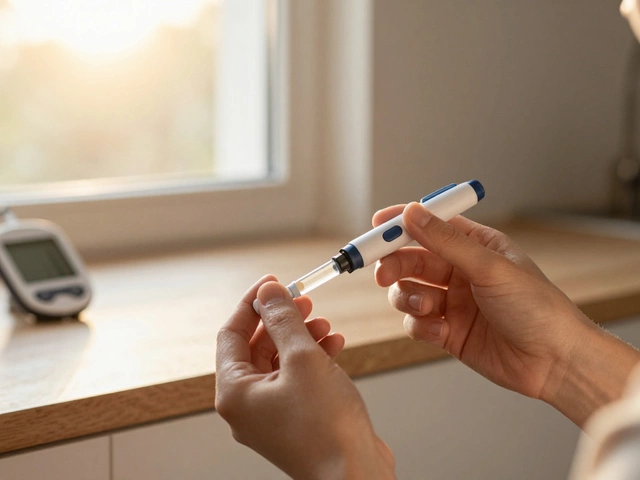Senior Knee Healing: Simple Steps to Feel Better Faster
If you’re over 60 and dealing with knee pain, you’ve probably heard a lot of medical jargon. Let’s cut through the noise and focus on what really matters: how to heal your knee and get back to daily life without endless confusion.
The first thing to know is that every senior’s knee heals at its own pace. Age, activity level, and the type of surgery (if any) all play a part. That means you won’t see the same results as a 30‑year‑old who just had a knee replacement. But the good news is that a solid plan, realistic goals and a few smart choices can make a huge difference.
Managing Pain and Swelling in the First Weeks
Most people say days 2–3 after knee replacement are the toughest. Pain peaks, the joint swells, and you might wonder if you’ll ever walk without a cane again. Here’s a quick routine that many seniors find helpful:
- Ice it right: Apply a cold pack for 15‑20 minutes, three to four times a day. Wrap the pack in a thin towel – direct ice can damage the skin.
- Elevate while you rest: Put a pillow under your heel so the knee is above heart level. This reduces fluid buildup.
- Gentle motion: Sit on a chair, straighten the leg as far as you can, hold for a few seconds, then relax. Do this 10‑15 times, three times daily.
- Medication timing: Take pain meds exactly as prescribed, not just when the pain spikes. Consistent dosing keeps the pain level low.
Stick to these basics for the first two weeks and you’ll notice swelling go down faster than most expect.
Getting Back to Everyday Activities
When can you shower? When can you drive? The answers depend on progress, not just a calendar date.
Showering: Most surgeons allow a gentle shower after the first 48‑hour window, as long as you keep the incision dry. Use a handheld shower head, avoid direct spray on the wound, and pat the area dry with a clean towel.
Driving: If you’ve had a knee replacement on your right leg, wait until you can comfortably press the accelerator and brake without pain. For most seniors, that’s around two weeks, but test it with a friend’s car in a parking lot first.
Both activities are milestones that signal your knee is gaining strength. Celebrate them, but stay mindful of any lingering pain.
Beyond traditional surgery, 2025 brings new alternatives that might suit seniors who aren’t ready for a full joint replacement. Options like Genicular Artery Embolization (GAE), Arthrosamid injections, the MISHA Knee System, Agili‑C implants and Radio‑Frequency Ablation (RFA) are gaining traction in Indian hospitals.
These procedures aim to reduce pain while preserving more of your natural bone. They’re less invasive, meaning a shorter recovery period and fewer restrictions. Talk to an orthopedic specialist about which option aligns with your health status and budget.
Regardless of the path you choose, staying active is key. Simple low‑impact exercises – seated leg lifts, short walks, and water aerobics – keep the joint moving without over‑loading it. Remember to warm up with a few minutes of gentle stretching; sore muscles make the knee feel worse.
Nutrition also matters. Protein helps rebuild tissue, while calcium and vitamin D support bone health. A daily cup of low‑fat milk, a handful of almonds, and a serving of leafy greens can make a noticeable difference in how quickly you bounce back.Finally, lean on your support network. Family members can help with grocery trips, while a physiotherapist can fine‑tune your exercises. Even a weekly phone call from a friend can boost your motivation on tough days.
Healing a senior knee isn’t a quick fix, but with the right steps, you can reduce pain, regain mobility, and enjoy life again. Keep these tips handy, follow your doctor’s advice, and trust that steady progress will get you where you want to be.


